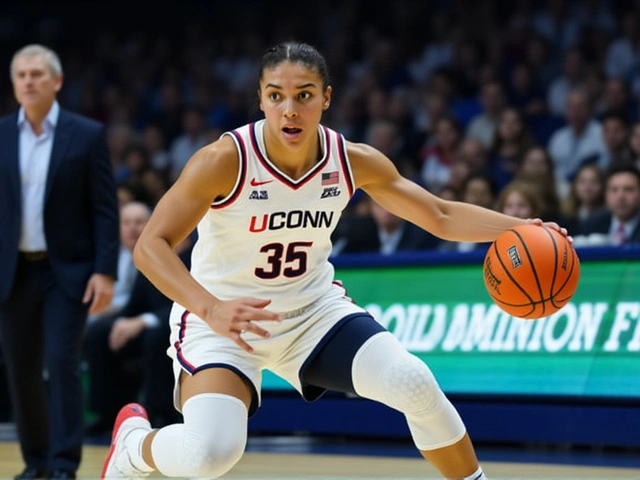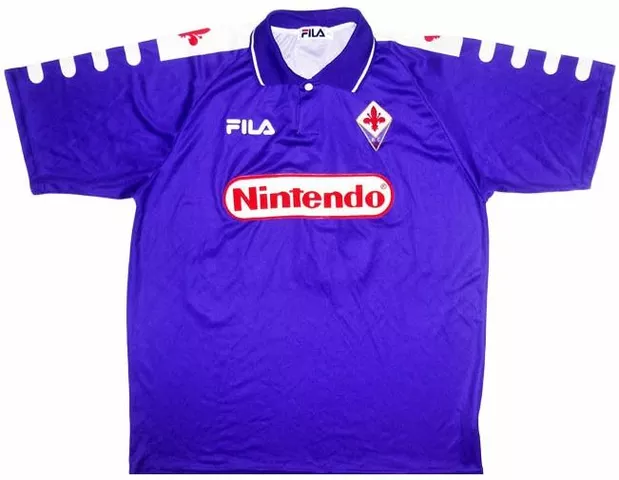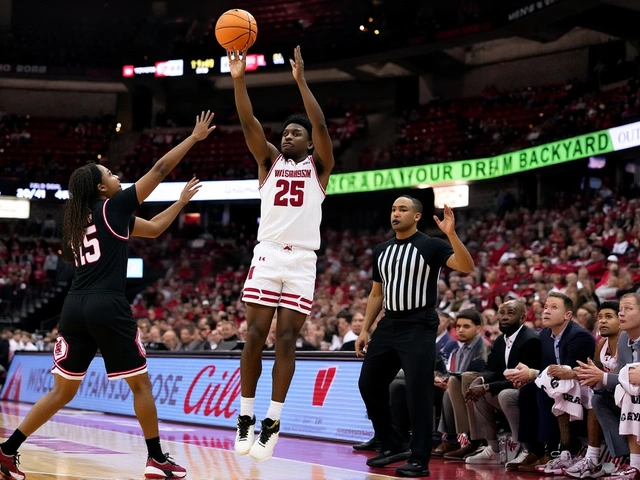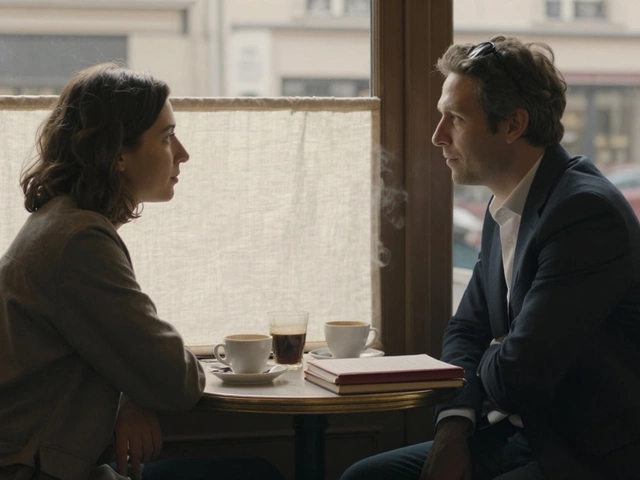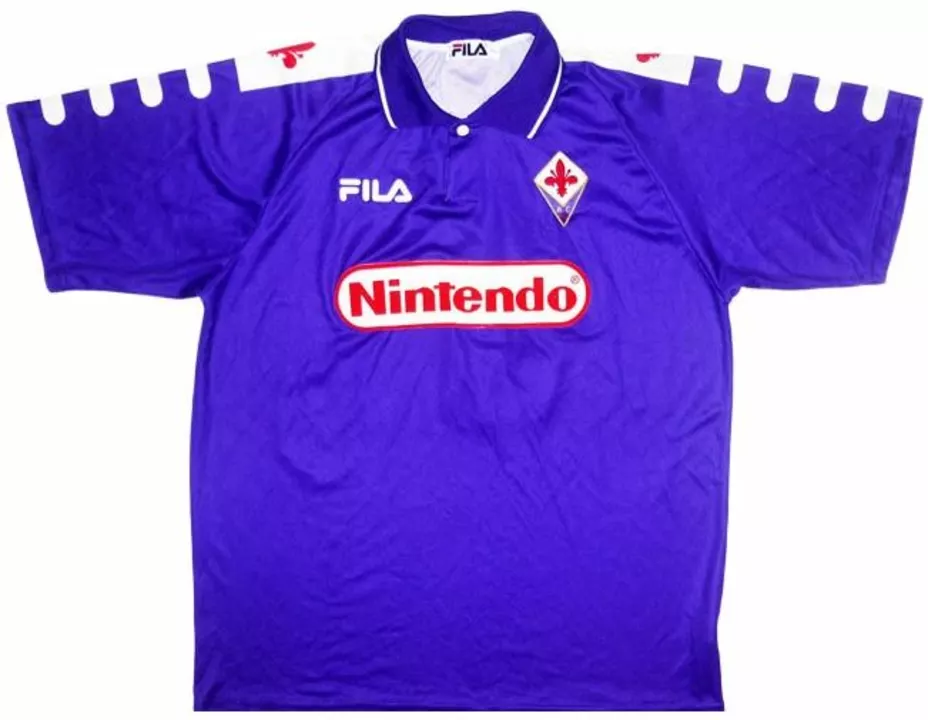
Sports Marketing and Sponsorship: How Brands and Teams Win Together
Ever wonder why you see the same logos on every soccer jersey? It’s not just for show – it’s a money‑making partnership that fuels clubs and gives brands massive exposure. In this guide we break down the basics of sports marketing, why sponsorship matters, and exactly how a jersey deal works.
Why Sponsorship Matters in Soccer
Sponsorship is the lifeblood of modern football. A big club can earn tens of millions just from a logo on the shirt. That cash helps pay player wages, improve facilities, and keep tickets affordable. For the sponsor, the payoff is simple: millions of eyes see the logo every match, on TV, on social media, and in the streets when fans wear the gear.
Think of it as a two‑way street. The team gets cash, the brand gets buzz. When the team wins, the sponsor rides that wave of excitement. When the team struggles, the brand still benefits from constant visibility. That steady presence builds trust with fans over time.
How a Jersey Sponsorship Actually Works
Here’s the step‑by‑step of a typical jersey deal. First, a brand approaches the club’s marketing department with a proposal. The club looks at the team’s reach – league, fan base, TV deals – and decides if the brand fits. Next, both sides negotiate the price, usually a multi‑year sum that can range from a few million to over a hundred million dollars for elite clubs.
Once the money is agreed, the brand’s logo is placed on the front of the jersey, often in a prominent spot above the crest. The contract outlines how long the logo stays, what other promotional activities are included (like stadium signage, digital campaigns, or player appearances), and performance clauses – for example, the brand might get bonuses if the team reaches a certain league position.
Behind the scenes, marketing teams create a rollout plan. They launch teasers on social media, reveal the new kit on a press event, and produce behind‑the‑scenes videos showing the design process. Fans get excited, buy the new shirts, and the brand’s name spreads across social feeds.
What’s the bottom line for the sponsor? Exposure, association with a beloved sport, and a chance to tap into a passionate community. For the club, it’s a reliable revenue stream that helps keep the squad competitive.
Want to see this in action? Look at any top‑flight league – you’ll notice the same few global brands appear on multiple teams, each paying a hefty fee for that front‑of‑shirt real estate. Smaller clubs often get local businesses on the sleeve or back, which still brings valuable cash.
So, whether you’re a fan curious about the money behind the match, a brand thinking about getting into sports, or a club looking to boost its budget, the core idea stays the same: a well‑structured sponsorship deals value to both sides. Keep an eye on upcoming kit launches – they’re the best place to spot the next big partnership.
-
4 May

